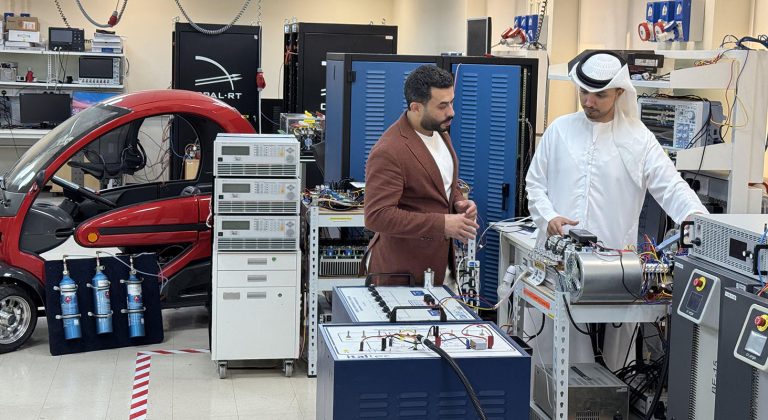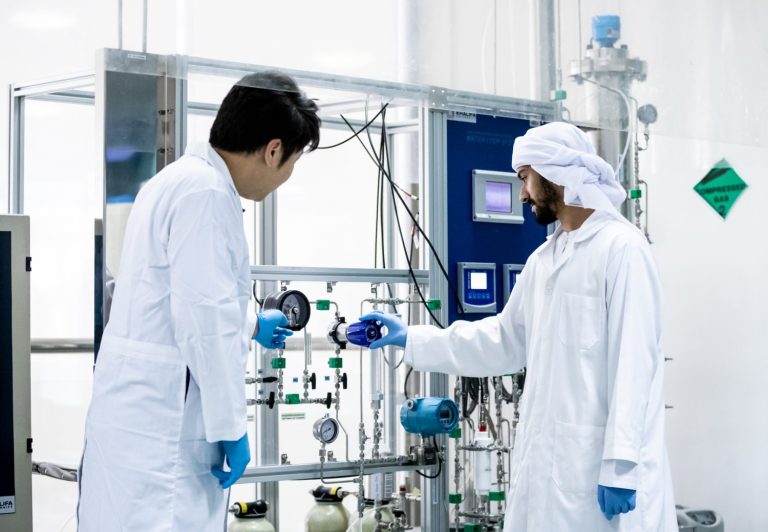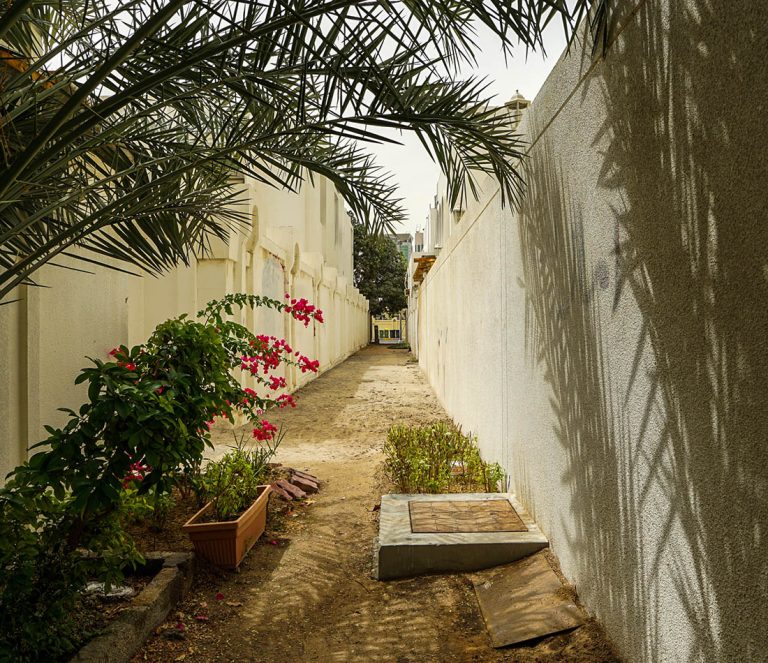Helping hearts to beat for life
Moni Nader, Associate Professor at the Department of Medical Sciences, College of Medicine and Health Sciences, Khalifa University
Moni Nader’s fascination with cardiovascular disease and science began when he started to appreciate the amazing activity of the heart.

“What initially attracted my interest was the way it could pump blood nonstop around the body until the last day of a person’s existence,” Nader says. Soon enough he found himself in what he describes as a prodigious field of research, which has much research potential and is full of knowledge gaps that need to be filled. “Given its importance to sustaining life, it is imperative that we can maintain the heart’s proper function and fix any problems when they occur,” he says.
What is the primary goal of your research?
I want to understand the structural and functional changes that occur in the hearts of diabetic and hypertensive patients. By better understanding these pathologies, we hope to be able to identify potential therapeutic routes to reduce the negative, everyday effects of these conditions.
The myocardium, the muscular tissue within the heart wall, is responsible for the pumping. Our team’s recent work has broadly focused on the pathological remodeling of the myocardium in serious cardiac conditions. Specifically, we are exploring the so-called signalosomes: cellular control centers crucial for regulating heart contraction strength and rate. These signalosomes have been associated with the onset and progress of diabetic cardiomyopathy and hypertension.
What stands out as the highlight of your research career to date?
Our research has revealed new roles for dynamic proteins in the normal and abnormal function of the heart. Understanding these roles has paved the way to the development of novel therapeutic approaches and has highlighted the need to pharmaceutically target these proteins in the treatment of cardiovascular disease.
“I became fascinated by the amazing activity of the heart: the way it can pump blood nonstop around the body until the last day of a person’s existence.”
Moni Nader
Why did you choose Khalifa University to do this research?
Khalifa University of Science and Technology offers a great support network to conduct research. I have found that both the infrastructure and the environment are nurturing for my projects and facilitate the expansion of my expertise in the field. The existence of multidisciplinary colleagues and departments helps to diversify project outcomes and contributes to the development of local scientists’ skills.
What do you consider the most exciting development in cardiac research in the past few years?
The ability to reprogram stem cells into beating cardiac muscle cells, or cardiomyocytes, is so exciting. This offers hope for individuals affected by a heart attack or myocardial infarction, where the damaged myocardium loses its cardiomyocytes. It is nearly impossible to regenerate these types of cells, and so the scar formed in the infarcted zone is made of a tissue that is less elastic and has less capacity to contract. This narrows the survival windows for these patients. The strides made in engineering cardiomyocytes have vital clinical applications and must be further developed.
What breakthrough do you anticipate in the next decade?
I expect to see the bioprinting of a fully functional heart, or cardiac tissues such as valves and coronary arteries, ready for cardiac transplants and cardiac tissue regeneration or replacement.




